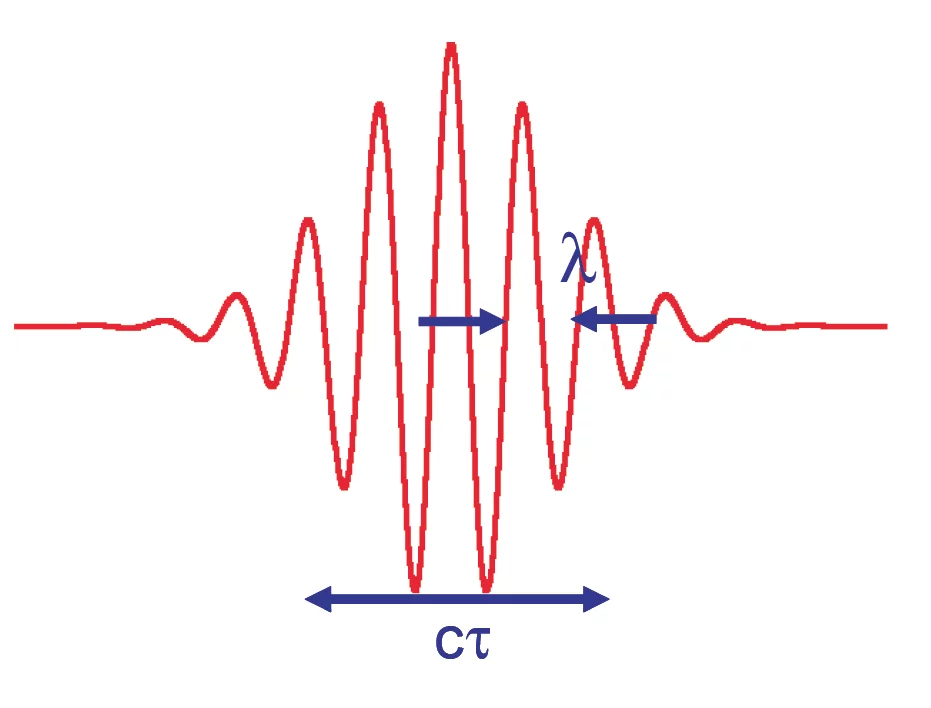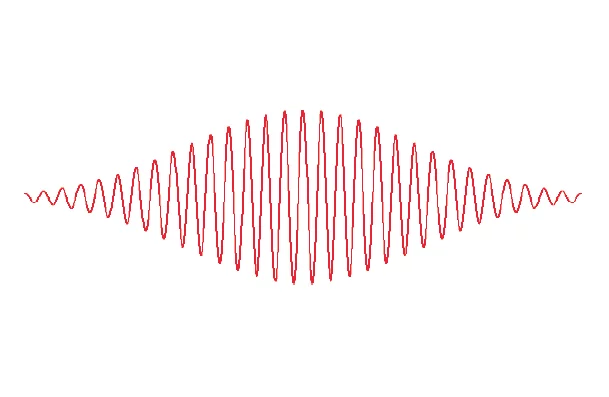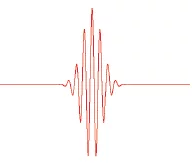SwissFEL is Switzerland's X-ray free-electron laser (FEL) facility at the Paul Scherrer Institute in Villigen and part of the Photon Science Division. Experiments at the Swiss Free-Electron Laser will lead to an entirely new level of understanding of matter in biology, chemistry, engineering and materials science.
The Light that Science Needs
X-rays can be used to map the atomic structure of materials, including biomolecules and nanometer scale structures. In the race for miniaturization, many technologies have entered the nanometer scale in which it becomes increasingly difficult to elucidate structures, and track ultrafast phenomena with traditional technologies.
Free-electron lasers like SwissFEL are a new generation of light sources offering novel experimental capabilities in diverse areas of science by providing very intense and tightly focused beams of X-rays with pulses as short as 10 femtoseconds ( 1 femtosecond= 1 quadrillionth of a second, that is approximately the duration of a molecular vibration) and wavelengths down to 0.1 nanometer. SwissFEL will serve scientists working on basic research as well as those interested in applied science. Researchers will benefit from the completely new opportunities that SwissFEL will open owing to its advantages, mainly in two respects:
Higher brilliance: free-electron lasers like SwissFEL can produce much more brilliant, i.e. more tightly focused and intense light beams than the most advanced synchrotron light sources. This higher brilliance is crucial for experiments with very small samples, such as those required in biology, for example. In fact, the elucidation of the structure of certain proteins of high relevance to fighting diseases like Alzheimer's is currently hampered by the insufficient brilliance of existing light sources.
Finer details and faster changes: SwissFEL will combine the strengths of conventional lasers with those of synchrotron X-ray sources. Conventional lasers can be operated to provide very short pulses of light (some femtoseconds) but due to their relatively long wavelengths (100 nanometers) they are unable to resolve atomic scale details. Synchrotron light sources, on the other hand, can reveal very fine structural details (0.1 nanometers which is roughly the size of an atom) but their light pulses are not short enough (shortest pulses last 100 picoseconds) to see ultrafast changes in matter. Free-electron lasers can fire up short pulses (10 femtoseconds) of hard X-rays (0.1 nanometers) with the ability to resolve ultrafast processes at the atomic scale, a possibility that no other tool provides to date.




